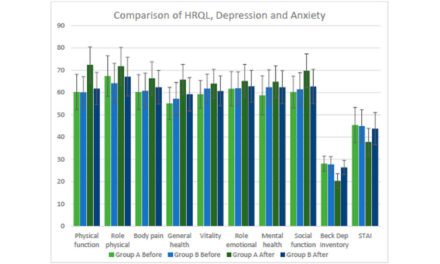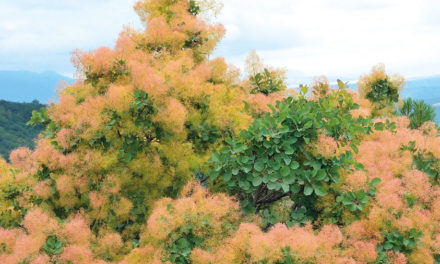Mohamed T. Nouri 1,2, Daniel P. Lawrence 2, Craig E. Kallsen 3 and Florent P. Trouillas 1,2,*
1 Kearney Agricultural Research and Extension Center, Parlier, CA 93648, USA; mnouri@ucanr.edu
2 Department of Plant Pathology, University of California, Davis, CA 95616, USA; dlawrence@ucdavis.edu
3 University of California Cooperative Extension Kern County, Bakersfield, CA 93307, USA; cekallsen@ucanr.edu
* Correspondence: flotrouillas@ucdavis.edu; Tel.: +1-559-646-6566
Abstract
In this study, declining pistachio rootstocks were detected in newly planted commercial pistachio orchards in Kern County, California. Symptoms were characterized by wilted foliage combined with crown rot in the rootstock. From diseased trees, 42 isolates were obtained, and all had similar cultural and morphological characteristics of Macrophomina phaseolina. Analyses of nucleotide sequences of three gene fragments, the internal transcribed spacer region (ITS1–5.8S–ITS2), partial
sequences of β-tubulin, and translation elongation factor 1-α (TEF1) confirmed this identification, and 20 representative isolates are presented in the phylogenetic study. Testing of Koch’s postulates showed that M. phaseolina, when inoculated to stems and roots of the pistachio rootstocks using mycelial plugs or a microsclerotial suspension, is indeed pathogenic to this host. The widely used clonal University of California Berkeley I (UCBI) rootstock appeared highly susceptible to M. phaseolina, suggesting that this pathogen is an emerging threat to the production of pistachio in California. This study confirmed the association of M. phaseolina with the decline of pistachio trees and represents the first description of this fungus as a crown rot-causing agent of pistachio in California.
Keywords
pistachio; crown rot; root rot; Macrophomina phaseolina; pathogenicity








